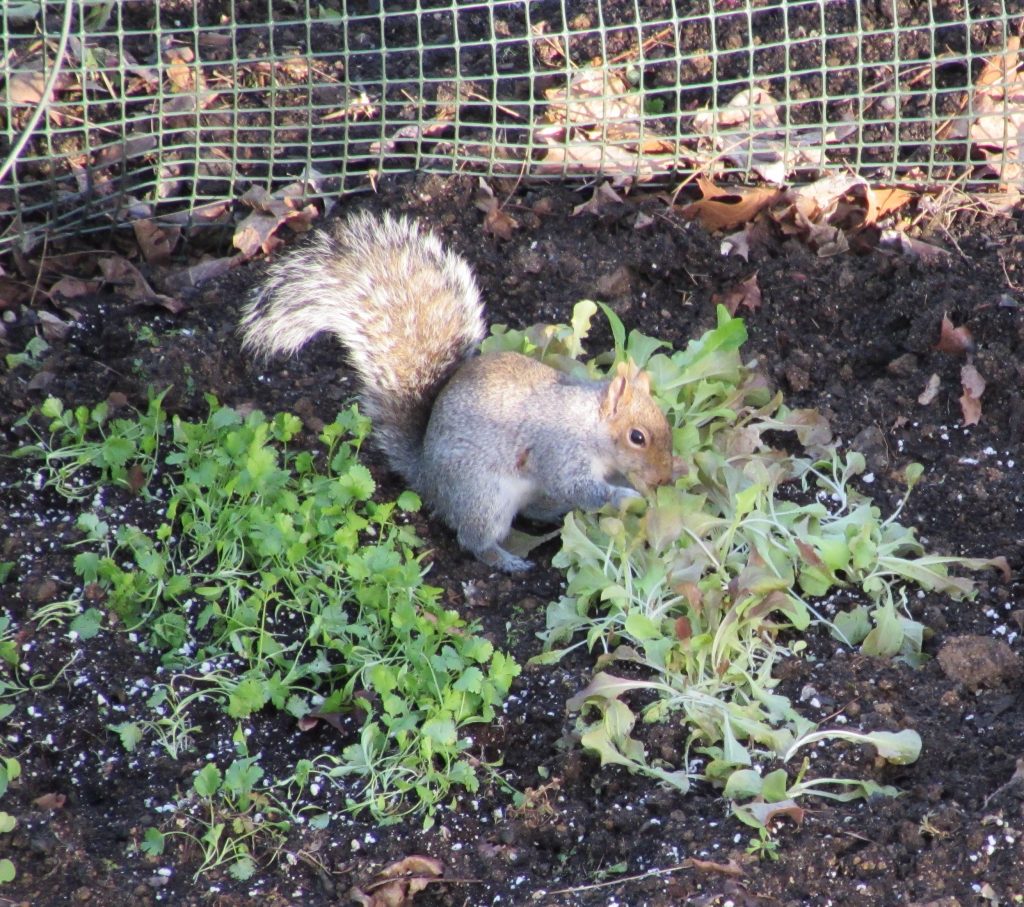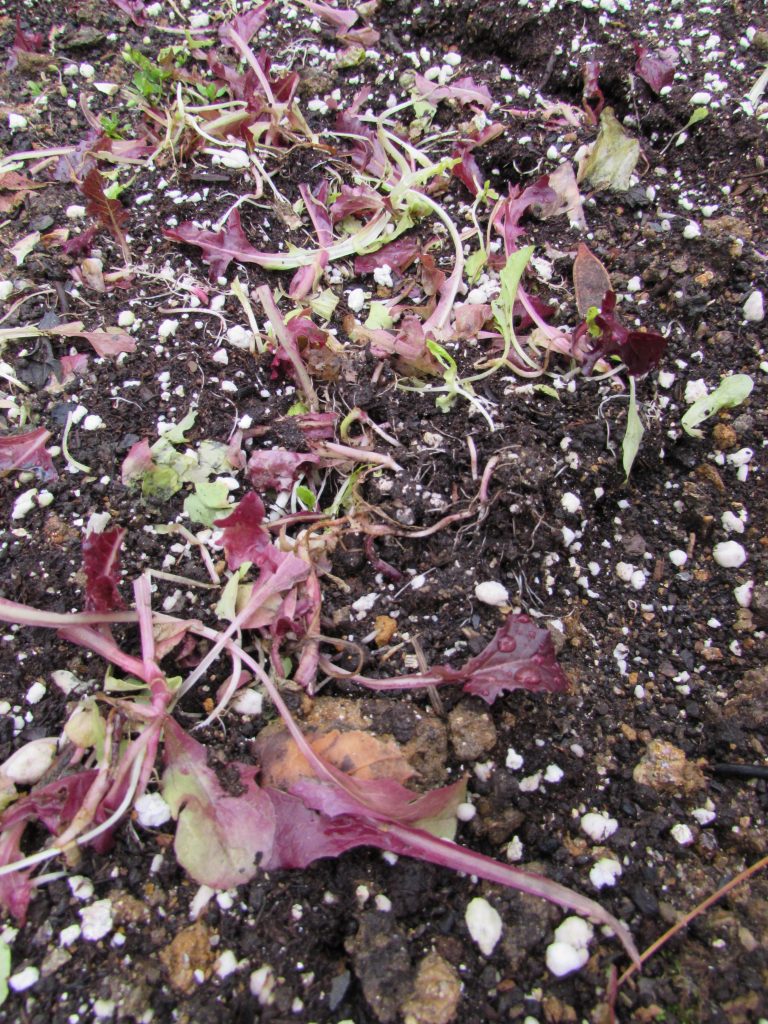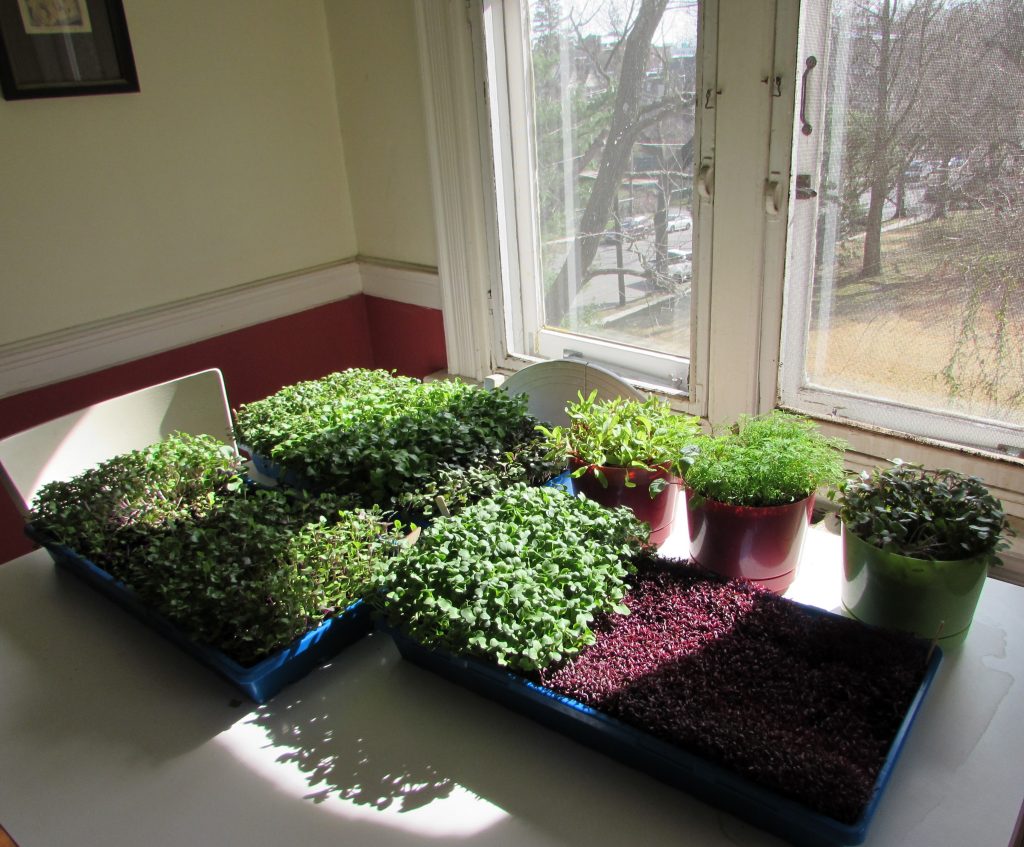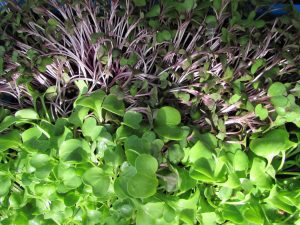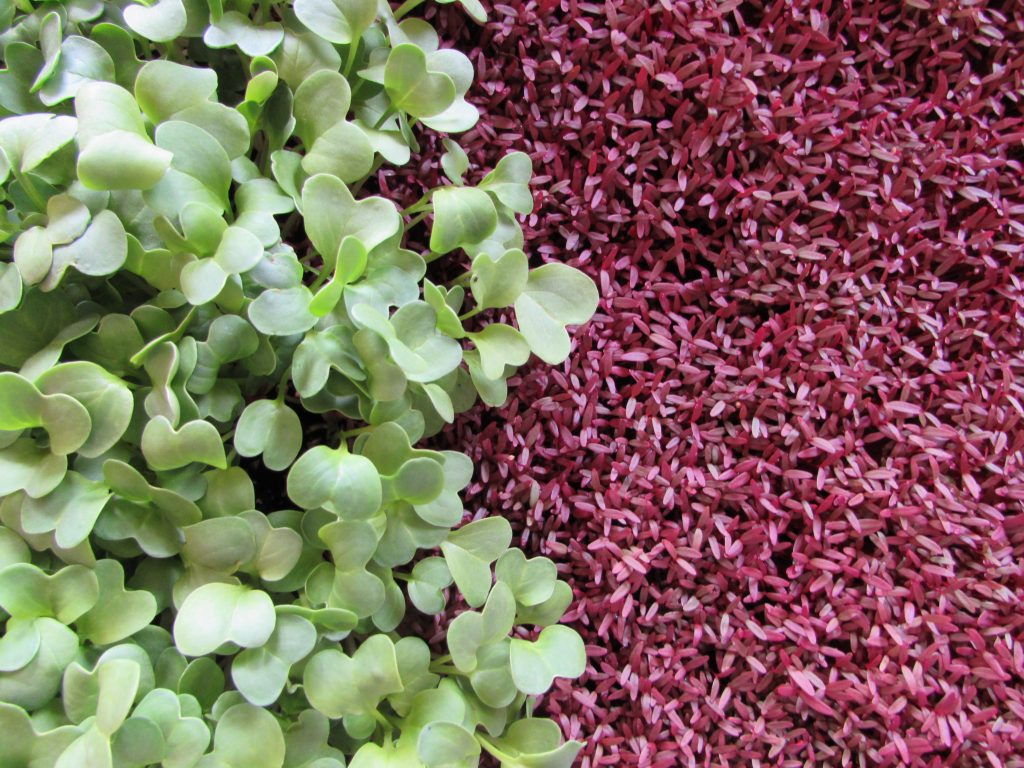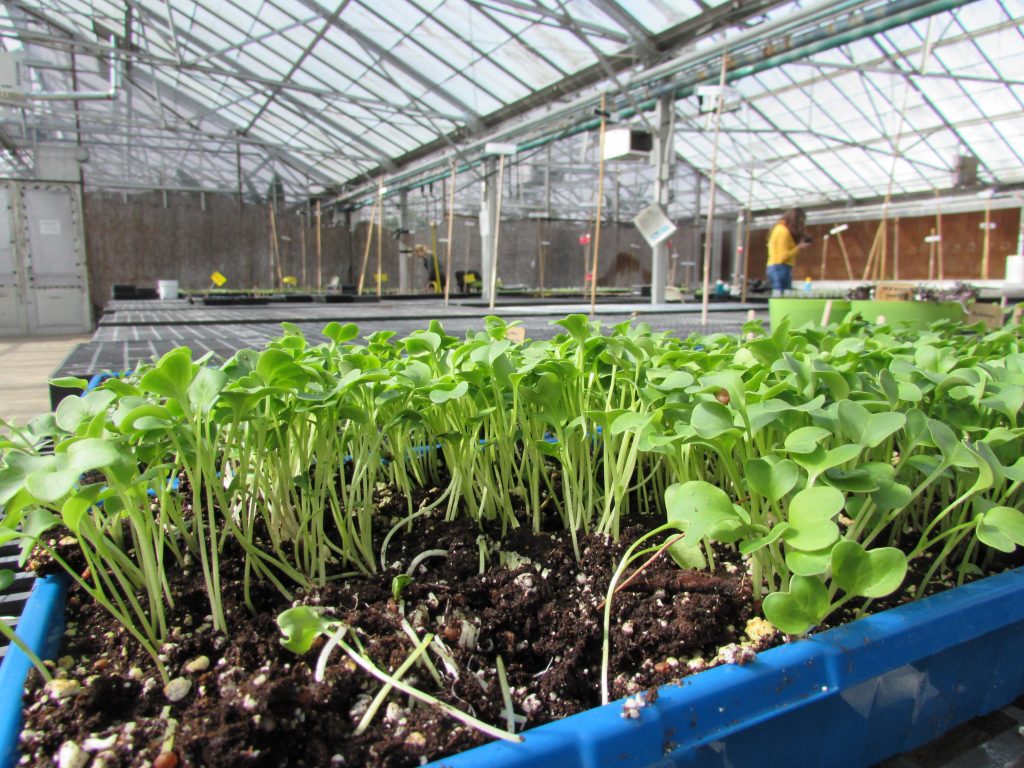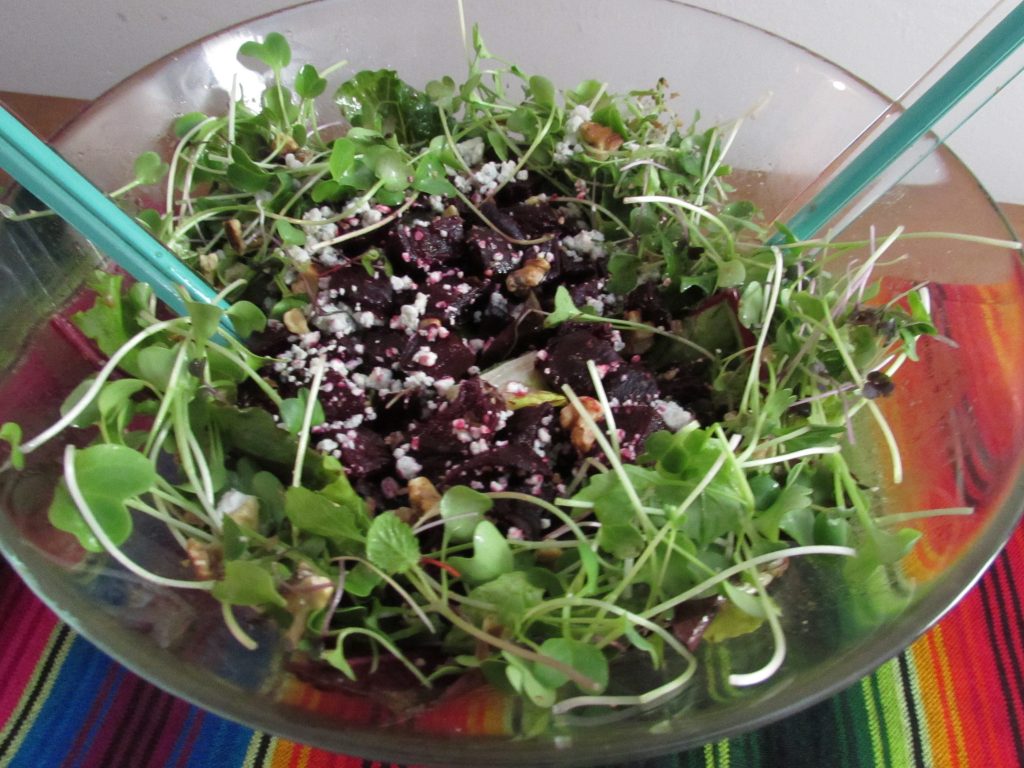Here are some helpful gardening safety tips, and some links to other information for gardeners, that was recently disseminated to community gardens around town by the Pennsylvania Horticulture Society’s City Harvest program:
Heath and Safety Recommendations for Community Gardening
1. Continue growing food! Now more than ever we should be practicing local self-reliance and grow food for ourselves and the community.
2. Exercise an abundance of caution in the garden and follow these guidelines recommended by the CDC:
-
Wear gloves and disinfect high-touch spots
-
Maintain social distance of six feet or more from others.
-
Be mindful of frequently touched spots like gates, locks, water spigots, tools.
-
Plan a day to disinfect! Use diluted household bleach solutions, alcohol solutions with at least 70% alcohol or other EPA-approved products. Viruses can be relatively long-lasting in the environment, and have the potential to be transferred via food or food contact surface.
- Have hand sanitizer and soap readily available in the garden. Create a sanitizing station in the garden. If hand sanitizer isn’t readily available, consider making your own.
3. Limit sharing. Consider bringing your own tools for the time being as well as posting signs in the garden for people to a) wear gloves and b) always sanitize equipment after use.
4. This is the only time you’ll hear us saying this, but restrict large gatherings at the garden. There is no reason people should be holding a party or barbecue at this time even if the weather feels right.
5. Consider reducing risks for at-risk gardeners such as old gardeners, immune compromised etc.
6. Stagger participation. This is more difficult but if possible consider how to stagger the involvement of folks in the garden to ensure managing social distancing.
7. Set up crop watering schedule – maybe assign gardeners to water the entire garden to limit number of active people in the space. Consider no more than 4 or 5 people in a confined area.
8. If possible, avoid public transportation to get to your garden. We know travel can be an issue for some but consider alternatives like a bike, carpooling or something else.
9. If you have a garden meeting scheduled, do it by phone or web conferencing or simply post-pone. Gardens can easily open a free account with services like Zoom which can host up to 100 participants but limited to 40 minutes. If your site doesn’t have access to these technologies or needs help, let us know and we can gladly guide you or offer our support / conferencing services.
10. Leverage other tech services like WhatsApp to spread awareness in appropriate languages to your clients, gardeners, etc.
Here are very helpful links with recommendations regarding the handling, selling, and distribution of produce:
-
This is a given, but thoroughly wash all produce you harvest from the garden!
- Farmer’s market recommendations from the PA Department of Agriculture
- An official statement from the FDA/CDC on the relationship to food handling with the spread of coronavirus. While it applies mostly to conventional food distributors, some of the tips and links within it can apply to post-harvest garden procedures.

